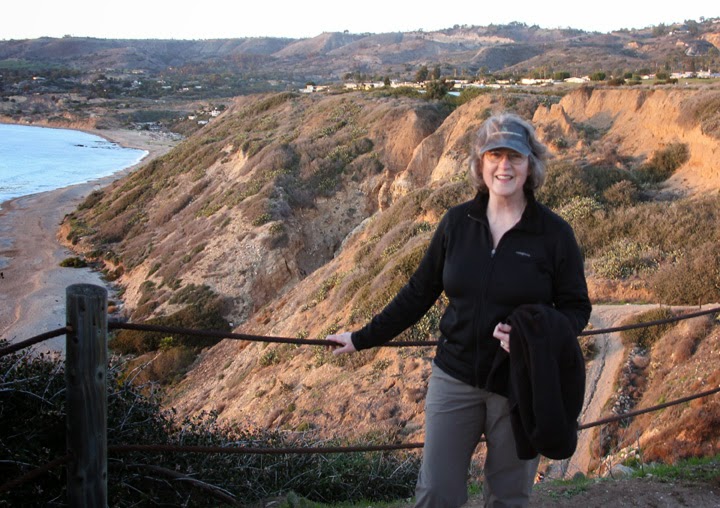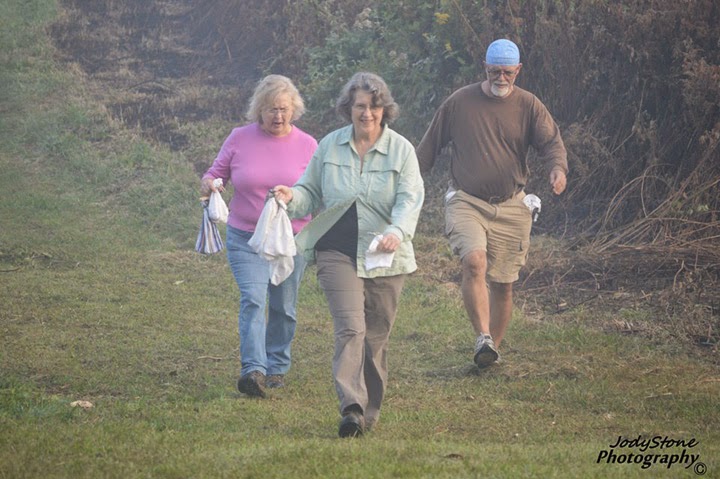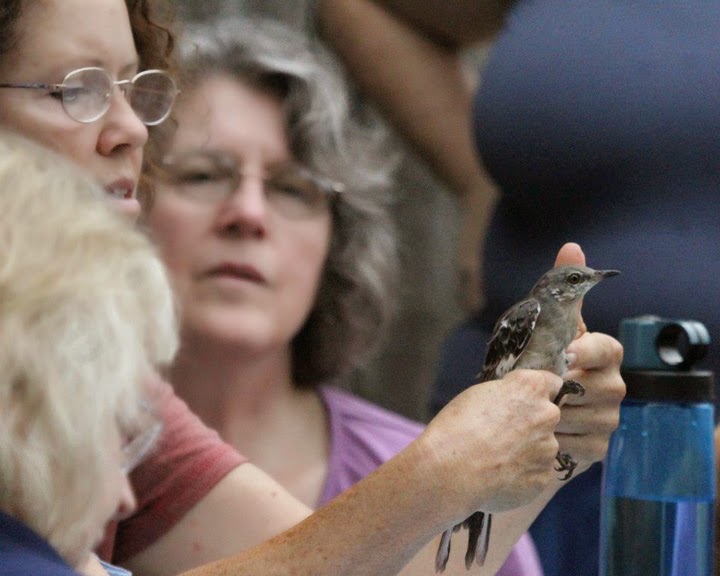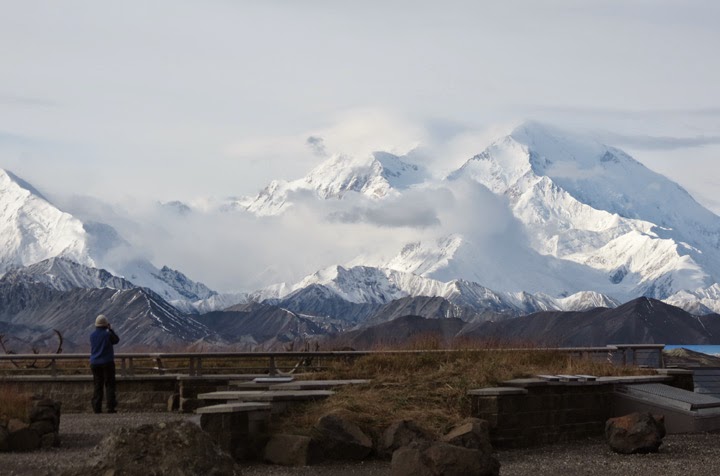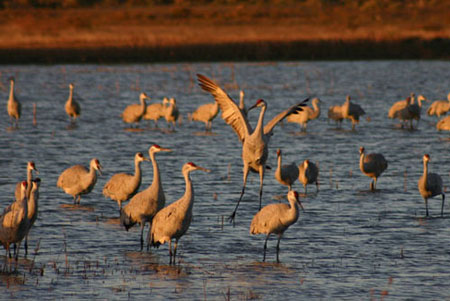Can we afford to add one more environmental threat to our only surviving wild population of Whooping Cranes?
Merricourt Wind Power Project in North Dakota has applied for the
first-ever Incidental Take Permit to a wind farm for endangered Whooping Cranes and threatened Piping Plovers. If USFWS grants the permit, the company would be protected from prosecution under the Endangered Species Act (ESA) for killing Whooping Cranes and Piping Plovers. In addition to Whooping Cranes and Piping Plovers, the wind turbine development will impact Sprague's Pipit, Dakota skipper, and Powesheik skipperling, three ESA candidate species.
The American Birding Conservancy asserts that 1) USFWS has failed to give the public adequate notice on an important endangered species issue, 2) the agency is only preparing an Environmental Assessment for a precedent-setting take permit of significant environmental impact, and 3) there are fewer than 400 individual Whooping Cranes left in the wild.
In fact, there are fewer than 300 individuals in the wild Aransas population. The rest of the birds in the 400 count that is often quoted are found in the experimental re-introduction populations in Louisiana and in the east. If any one needs a refresher on the slow reproductive progress of our wild Whooping Cranes, take a look at this excellent graphic provided by
Journey North's website below:
Graphic credit:
Journey North
Keep in mind that Whooping Cranes have been facing winter drought conditions and problems with high salinity levels due to the divergence of fresh river water for human use on their wintering grounds at the Aransas National Wildlife Refuge. Also notice that the count methodology for tracking the Aransas population was changed in 2010 by USFWS to
estimates rather than the
actual counts of individuals.
Whooping Cranes are internationally endangered and protected in the USA and Canada, and are federally protected by the Endangered Species Act and the Migratory Bird Treaty Act in the USA . In 2009, USFWS published a paper:
"Whooping Cranes and Wind Development--An Issue Paper By Regions 2 and 6 of USFWS--April 2009". The issue paper thoroughly discusses the most common causes of mortality for whooping cranes. I encourage you to read this paper and absorb the nature of the dangers that wind energy turbines and power lines pose to whooping cranes, especially inexperienced juveniles on their first migration.
There is little doubt that Whooping Cranes will be killed if this Incidental Take Permit is granted and the wind turbine development goes forward. Follow this link to read a description of the wind turbine plan in the
Environmental Assessment letter provided by Merricourt Wind Power Project to the American Bird Conservancy.
The American Bird Conservancy has sent the following letter to USFWS and has asked other bird conservation organizations and activists to write letters:
************************************
Jeffery Towner
Field Office Supervisor
U.S. Fish and Wildlife Service
North Dakota Field Office
3425 Miriam Avenue
Bismarck, North Dakota 58501-7926
Subject: Environmental Impact Statement Needed for Merricourt Wind Power Project
Dear Mr Towner:
The undersigned organizations respectfully request that U.S. Fish and Wildlife Service (FWS) initiate an Environmental Impact Statement under the National Environmental Policy Act (NEPA) for the Merricourt Wind Power Project, to extend the scoping period for 30 days, and publish notice of the scoping period in the Federal Register. As FWS has acknowledged, the project has potential for lethal take of two ESA-listed birds, Whooping Cranes (endangered) and Piping Plovers (threatened). As a result, this project is of considerable public interest and likely to cause significant environmental impact under NEPA.
In addition, this project's NEPA process is precedent setting. We believe that no Incidental Take Permit for ESA-listed birds species has been given to any wind farm on the U.S. mainland. Both of these species are the subject of intensive conservation efforts, and in particular, the Whooping Crane, which still numbers fewer than 400 individuals in the wild, has been the focus of an expensive captive breeding and recovery program. Thank you for reopening the public comment period. However, because the project's new NEPA scoping period has not been published in the Federal Register, the agency has failed to involve the public to the extent practicable. Wildlife organizations, birdwatchers, and members of the public who care about Whooping Cranes and Piping Plovers have not been adequately notified and thereby denied the opportunity to participate. Instead, notice was given by mail to select groups on a private list kept by the environmental consulting firm that was contracted to create the NEPA documentation. This is not the open process that such landmark species deserve, nor is it in keeping with the intent of Congress when it created NEPA to ensure for informed and meaningful public involvement in environmental decisions.
We urge you to initiate an Environmental Impact Statement and because there has not been adequate public notice of the scoping period, to extend it by 30 days and publish notice of the scoping period in the Federal Register.
Thank you for your consideration of our request.
Kelly Fuller
Wind Campaign Coordinator
American Conservancy
***********************************
Piping Plover image by Ed Schneider
In an article published in the Wall Street Journal, on February 1st, 2013, concerning Incidental Take Permits for bald and golden eagles granted to wind-turbine companies, "The Fish and Wildlife Service Is Not for the Birds", Robert Bryce, the author criticizes USFWS for failure to prosecute wind turbine companies and asserts that "the wind industry has had de facto permission to violate both the Migratory Bird Treaty Act (which protects 1,000 species) and the Bald and Golden Eagles Protection Act. Federal authorities have never brought a case under either law--despite the Fish and Wildlife Service's estimate that domestic turbines kill some 440,000 birds per year." (Robert Bryce, WSJ)
If the Incidental Take Permit for Whooping Cranes and Piping Plovers is granted, we will be adding the Endangered Species Act to the list of laws that are being systematically set aside to benefit private industry. The USFWS is the agency charged with enforcing our wildlife protection laws. If this, in fact, is the protection our laws are providing, please urge your elected officials to take a serious look at reconstructing our current species protection laws. They simply are not working in today's aggressively changing environment.
Send your letters to:
Jeffery Towner, Field Office Supervisor, U.S. Fish and Wildlife Service,
North Dakota Field Office, 3425 Miriam Avenue, Bismarck, North Dakota 58501-7926
Links and Resources:
Environmental Assessment letter from Merricourt Wind Power Project
American Bird Conservancy's Answers to
FAQ on Wind Power
USFWS: Whooping Cranes and Wind Development--An Issue Paper by Regions 2 and 6 U.S. Fish and Wildlife Service--April 2009
Whooping Crane (Grus americana) 5-Year Review: Summary and Evaluation, USFWS, Aransas National Wildlife Refuge, Austwell, TX, and Corpus Christi Ecological Service Field Office, Texas [2010]
American Bird Conservancy Rule Making Petition to USFWS for Regulating the Impact of Wind Energy on Migratory Birds
Wall Street Journal Article "
The Fish and Wildlife Service Is Not for the Birds", Feb 1st, 2013 by Robert Bryces (unfortunately WSJ requires a subscription to read this article; the link will take you to a secondary posting)
Tom Stehn's December 2012 comments on the current method of counting whooping cranes. Stehn is the former USFWS Whooping Crane Coordinator and his comments worthy of note.
The Aransas Project
Aransas Wildlife Refuge website
Whooping Crane Updates
Industrial Wind Action Group on Whooping Cranes and Wind Energy
Minnesota Company applying for take of bald eagles
Forbes: Wind Power May Not Reduce Carbon Emissions As Expected: Argonne
Hidden Costs of Wind Energy
Journey North on Whooping Crane population
Operation Migration field journal on current Whooping Crane issues
More about
Whooping Cranes on this blog

















































